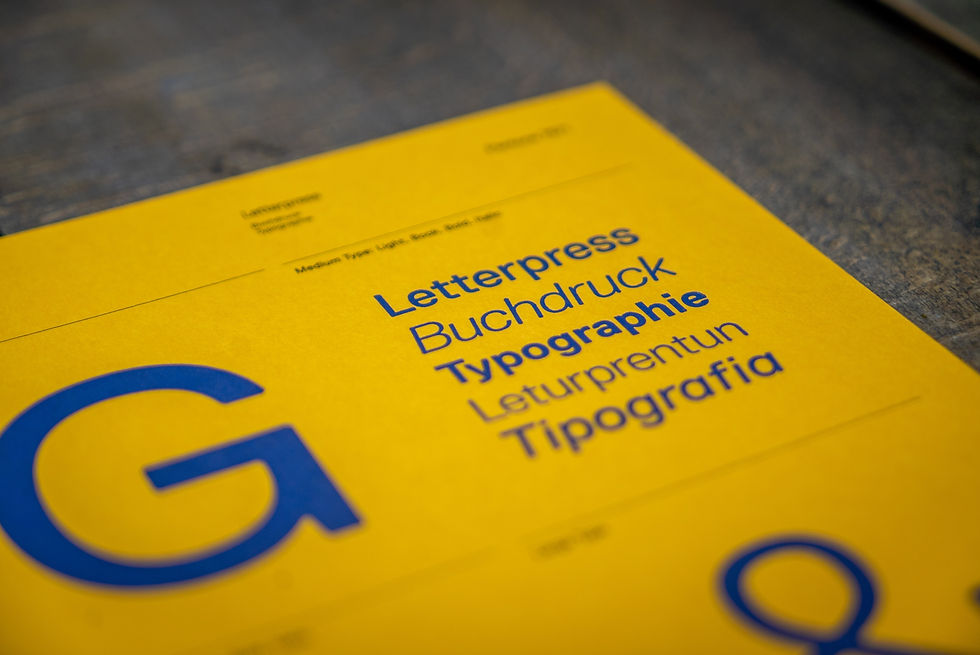Branding and Logo Design Principles: Building a Strong Visual Identity
- artisanalleylearni
- May 18, 2024
- 4 min read

Creating a strong visual identity is essential for any business aiming to stand out in a competitive market. Branding and logo design are key components of this identity, serving as the face of a company and the embodiment of its values and mission. In this article, we will explore the principles of branding and logo design, and provide insights on how to develop memorable visual identities that resonate with audiences.
1. Understanding Branding
Branding goes beyond just a logo; it encompasses the entire perception of a company by its customers. It involves creating a unique image and voice that differentiates a business from its competitors.
Key Elements of Branding:
Brand Strategy: Define the core values, mission, and vision of the business. This strategic foundation guides all branding efforts.
Brand Identity: Consists of visual elements (logo, color palette, typography) and non-visual elements (tone of voice, messaging).
Brand Positioning: Establish how the brand is perceived in the market relative to competitors. This involves identifying target audiences and unique selling points.
Brand Experience: Encompasses every interaction a customer has with the brand, from the website and social media to customer service and physical products.
2. Principles of Effective Logo Design
A logo is the cornerstone of a brand’s visual identity. It needs to be simple, memorable, and versatile while effectively communicating the brand’s essence.
Key Principles:
Simplicity: A simple logo is easily recognizable and versatile. Avoid overly complex designs that can be difficult to reproduce in various sizes and mediums.
Memorability: A great logo should be memorable, leaving a lasting impression on the audience. This can be achieved through unique design elements and a strong concept.
Relevance: The logo should be appropriate for the industry and audience. It should reflect the brand’s values and mission.
Versatility: Ensure the logo looks good in different contexts and on various platforms. It should work in color and black-and-white, and be scalable from business cards to billboards.
Timelessness: Aim for a design that can stand the test of time. Avoid trends that might make the logo look dated in a few years.
3. Steps to Develop a Strong Visual Identity
Creating a cohesive visual identity involves several steps, from initial research to final implementation.
Step-by-Step Guide:
Research and Discovery: Understand the brand’s mission, values, and target audience. Analyze competitors to identify gaps and opportunities for differentiation.
Brainstorming and Concept Development: Generate ideas and concepts based on the research. Sketch out rough ideas and explore different directions.
Design and Iteration: Create initial designs and refine them based on feedback. Iterate multiple times to achieve the best possible outcome.
Color and Typography: Choose a color palette and typography that reflect the brand’s personality. Ensure consistency across all brand materials.
Finalization and Guidelines: Finalize the logo and visual elements. Create brand guidelines to ensure consistent usage across all platforms and mediums.
Implementation and Launch: Roll out the new visual identity across all brand touchpoints, from the website and social media to packaging and advertising.
4. The Role of Color in Branding
Color plays a crucial role in branding, as it evokes emotions and associations. Choosing the right colors can significantly impact how a brand is perceived.
Considerations for Color Selection:
Brand Personality: Colors should align with the brand’s personality. For example, blue often conveys trust and professionalism, while red signifies energy and passion.
Audience Preferences: Consider the preferences and cultural associations of the target audience.
Contrast and Accessibility: Ensure sufficient contrast for readability and accessibility. This is particularly important for digital platforms.
Consistency: Use a consistent color palette across all brand materials to reinforce brand recognition.
5. Typography in Branding
Typography is another critical element of a brand’s visual identity. The right typeface can convey the brand’s tone and enhance its message.
Choosing the Right Typeface:
Readability: Select typefaces that are easy to read in various sizes and contexts.
Personality: The typeface should match the brand’s personality. For example, a modern sans-serif typeface might suit a tech company, while a classic serif typeface might be better for a law firm.
Versatility: Ensure the typeface works well across different mediums, from print to digital.
Hierarchy: Establish a clear typographic hierarchy for headings, subheadings, and body text to guide the reader’s eye.
6. Examples of Successful Branding and Logo Design
Studying successful brands can provide valuable insights and inspiration for your own branding efforts.
Case Studies:
Apple: Apple’s logo is simple, memorable, and versatile. Its minimalist design reflects the brand’s focus on sleek, user-friendly products.
Nike: The Nike swoosh is a powerful symbol of movement and athleticism. Its simplicity and dynamic shape make it instantly recognizable.
Coca-Cola: Coca-Cola’s classic script logo has stood the test of time. Its distinctive red color and timeless typography convey tradition and enjoyment.
Conclusion
Building a strong visual identity through effective branding and logo design is crucial for any business aiming to create a lasting impression. By understanding and applying the principles of simplicity, memorability, relevance, versatility, and timelessness, you can develop a visual identity that resonates with your audience and sets your brand apart. Embrace the process of research, design, and iteration to create a cohesive and compelling brand image that truly represents your business.




Comments